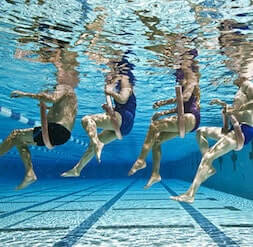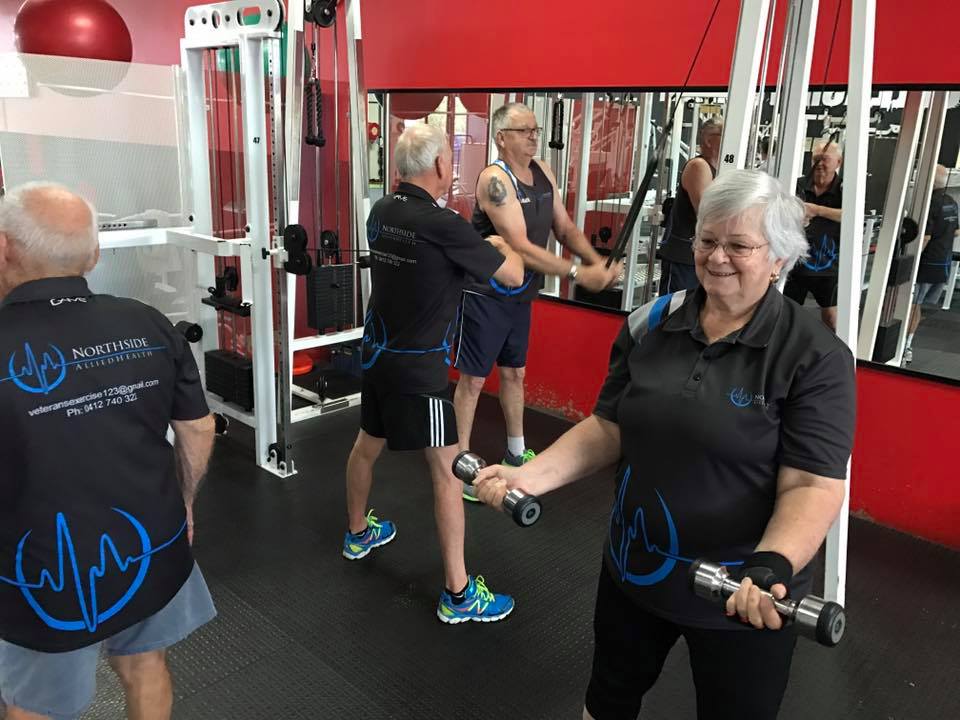


Stroke Rehabilitation
Although, Stroke prevention is what we aim for at Northside Allied Health, we also specialise in stroke rehabilitation with individual holistic programs for men and women of all ages.
Exercise, diet and lifestyle are central to stroke recovery as it strengthens the connections in the brain as well as the muscles that may have been affected. It is however, very important to conduct safe exercise under the guidance of an exercise physiologist after having a stroke, or if you have other chronic health conditions.
Our programs are written to suit the needs of the individual and usually incorporate balance, strength and cardio based on the proprioception and affected areas.
Who is Eligibility for a Chronic Disease Management Plan?
Medicare offer 5 rebatable allied health services per calendar year, per patient for people who has suffered stroke. Exercise Physiology sessions forms part of this service under a chronic disease management plan. Alternatively you can claim through private health. Your GP must refer you to the chronic disease management scheme and will use their clinical expertise to determine if you are eligible.
Which Chronic Disease are eligible for Exercise Physiology Sessions?
Neural – Motor Neuron Disease, Stroke, Spinal Cord Injury, Parkinson’s Disease, Multiple Sclerosis
Cardiopulmonary – Myocardial Infarction, Coronary Artery Disease, Peripheral Vascular Disease, Hypertension, Chronic Obstructive Pulmonary Disease, Asthma
Metabolic – Obesity, Diabetes, Dyslipidaemias, Impaired Glucose Tolerance
Musculoskeletal – Osteoarthritis, Osteoporosis, Back Pain, Fibromyalgia
What happens in stroke?
A stroke happens when the blood supply to the brain is interrupted. Blood contains oxygen and important nutrients for your brain cells. Blood may stop moving through an artery because it is blocked by a blood clot or plaque (ischaemic stroke) or because the artery breaks or bursts (haemorrhagic stroke)
Stroke Resources
Stroke Foundation – Exercise Fact sheet
Exercise Is Medicine – Stroke and Exercise Fact sheet
http://exerciseismedicine.com.au/wp-content/uploads/2016/11/Factsheet-Stroke-FULL-VERSION-2014.pdf
Enable Me – online resources and community initiated by stroke foundation
Knowing the signs of stroke
- Muscular: paralysis with weak muscles, problems with coordination, stiff muscles, overactive reflexes, or paralysis of one side of the body
- Whole body: balance disorder, fatigue, light-headedness, or vertigo
- Visual: blurred vision, double vision, sudden visual loss, or temporary loss of vision in one eye
- Speech: difficulty speaking, slurred speech, or speech loss
- Sensory: pins and needles or reduced sensation of touch
- Facial: muscle weakness or numbness
- Limbs: numbness or weakness
